For the first time in a decade and a half, I’m buying a new car. But I’m not going to be obsessing about leather seats, cup holders, and whether Waze or Mapquest makes more sense. Climate change and clean air are two of the issues I care most about, so above all what I’ll be looking for is…a plug.
If I power my car with electricity, especially from wind or solar, I can shrink my carbon footprint dramatically.
Every gallon of gasoline burned generates 20 pounds of carbon dioxide (CO2), a primary cause of global warming. Gas engines spew a lot of smoggy, noxious chemicals into the air, too. If I power my car with electricity, especially if that electricity comes from wind or solar, I can shrink my “carbon footprint” and do my part to help protect Mother Nature. Perfect.
Join The Electric Vehicle Revolution
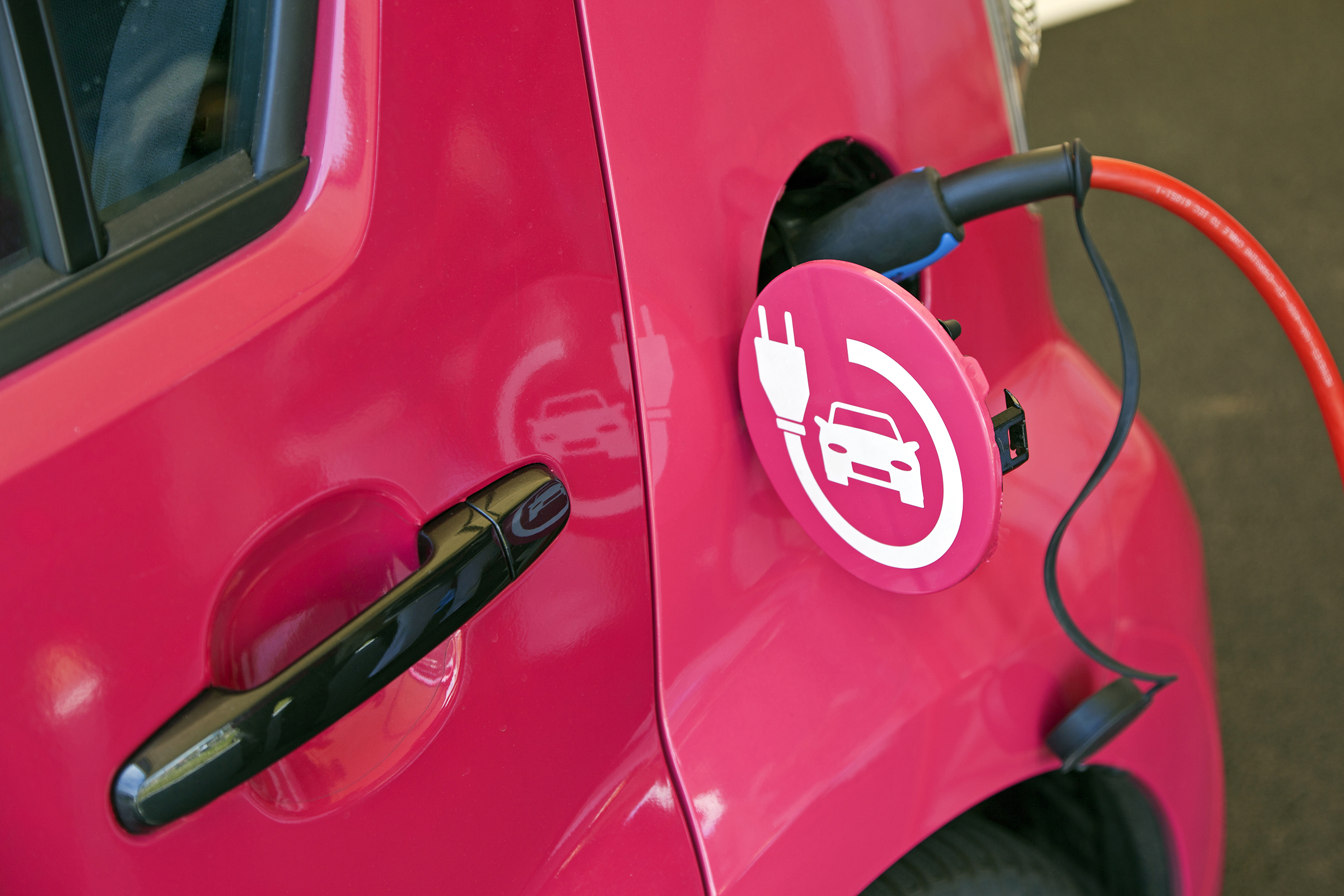
The poor car I’m laying to rest is a 2002 Toyota Prius hybrid, which uses an electric battery to help it go farther on every gallon of fuel. The Prius was one of only two hybrid brands sold in the U.S. when it debuted; buying it marked me for the “early adopter” and “greenie” I was and still am. Fifteen years and 136,000 miles later, I feel great about having helped usher in the EV (for electric vehicle) revolution. Just in the past week Volvo Cars announced that, starting in 2019, all its models will be either hybrids or powered solely by batteries, and the New York Times says in a headline that electric cars may become mainstream faster than anyone thought.
My 15-year-old Prius saved me at least $8,000 at the pump.
But in addition to being on the cutting edge of the car scene, my Prius turned out to be a financial boon, saving me at least $8,000 at the pump. An all-electric car I can plug in at home would keep the revolution rolling while cutting my gas bill to zero and completely eliminating the CO2 I generate when I drive. Plus no oil changes. No nasty gasoline fumes. No anti-freeze.
So Many Choices
All those NOs add up to a big fat YES! But now that I’ve decided to buy electric, I’m in a quandary. When I bought my hybrid way back when, once I opted for the Toyota Prius over the Honda Insight, the other hybrid in the market, I faced only two additional decisions: what kind of floor mats to get and what color to buy—white, green, pink, or blue (I chose white).
Today almost every automobile manufacturer in the world is selling an EV. How can I choose?
Today almost every automobile manufacturer in the world is selling an EV, and every EV ballyhoos different bells and whistles. How can I choose?
All the cars offer most of the same luxuries and safety features, like heated seats, in-car entertainment centers, and side airbags, but what I care about more are range and price. So that’s where I’m going to start as I narrow down my choices.
Price and Range
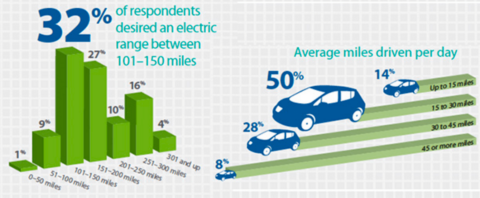
Source: California Center for Sustainable Energy.
The range is the distance the car will travel on a single battery charge before it needs to be recharged. This is a major consideration because it can take all night to recharge an electric car battery if you’re simply plugged into your common household 120-volt outlet. You can cut that time to an hour or less if you install a 240-volt fast charging system, but don’t be put off by that. Your clothes dryer already runs on a 240-volt plug.
The good news is that most all-electric vehicles deliver at least 60 miles to the charge, and some go far more, easily accommodating the needs of most drivers, whose average daily commute is only 40 miles or less. On any given day, anyone driving an electric vehicle should be able to get where they need to go and back without much “range anxiety.” Plus many public places offer charging stations in case you run low while you are out and about. Some retailers, such as Whole Foods, offer preferential parking for EVs, so you can charge and shop with ease. One problem solved.
Federal tax credits can save you up to $7,500 off the price of an electric car.
Price is also a factor. I’d prefer to spend less than $40,000 for a new car—which is twice what I paid for my Prius in 2002 but not near the cost of the top-of-the line electric models in showrooms today. While the brand new Tesla Model X costs more than $80,000, there are actually many EVs on the market in my price range, especially if I opt to buy a used electric car that is in excellent working order but has been traded in by the previous owner for a newer model. Federal tax credits of up to $7,500 mean that I could actually buy a car that costs almost $50,000 and still pay around $40,000. Second problem solved.
The Adventure Factor
Once I find a car that has decent range for the right amount of money, I’ll be looking for one more feature: I want a vehicle that can support my “adventure travel” lifestyle. I don’t have kids and pets to cart around anymore, so, thankfully, I don’t need a minivan or even a crossover vehicle.
I want to be able to throw my bike on the back of the car and not worry about the paint job.
But I do live to get up and go. In the summer, I recharge my own batteries at a wildlife refuge on the Atlantic shore about a four-hour drive from my home in suburban Washington, D.C. In the winter, I travel west about the same distance to chill out in a rustic cabin in the Shenandoah mountains. No matter what the season, I like to bicycle, hike, and explore all over the place,which is why I want to be able to throw my bike on the back of the car or some skis in a roof rack and not worry about the paint job.
Researching various websites, it looks like several models could work for me. Here are four that I definitely want to take for a test drive.
Tesla Model 3
The Tesla is probably the most famous EV on the market. The company revolutionized EVs by building the first all-electric car to be able to travel over 200 miles on a single battery charge. Its sleek design and luxurious amenities have earned it rave reviews and rabid fans. Plus, in addition to the thousands of charging stations that many cities, towns and businesses have installed, Tesla has set up its own supercharger network, which does a quick charge and is only available to Tesla drivers’ use. Though the “original” Tesla costs a small fortune at over $80,000, the new Tesla Model 3 coming onto the market this summer is supposed to be able to reach at least 215 miles before it runs out of juice and for a far more reasonable $35,000.
There’s just one catch—and it’s a big one. Demand for the Tesla 3 has been so extraordinary that if you’re not among the 500,000 people who have already ordered one, chances are that, even if you ordered one today, you wouldn’t get it until the end of 2018.
The Chevy Bolt
The Chevy Bolt won Motor Trend’s 2017 Car of the Year award as well as Green Car Report’s “Best Car to Buy 2017” designation. And no wonder. The Bolt shares many of Tesla’s best traits but is more easily available. The EPA’s official estimate is that the Bolt, at close to $30,000 after tax credits, will cover 238 miles on a full charge. Here’s an added bonus as far as I’m concerned: While the Tesla Model 3 resembles a sedan, the Bolt is available as a hatchback, which makes it more attractive based on how I want to use the car.
The Volkswagen e-Golf
I initially dismissed this EV after Volkswagen tarnished its reputation by falsifying its overall mileage performance ratings. But the e-Golf has gotten so many glowing reviews, including almost 5 stars from CarAndDriver.com that I’m giving it a second look. What makes it so appealing? It’ll cover 125 miles on a single charge, and a fast charger, available for an extra cost, will replenish the battery to 80 percent of its capacity in about an hour. Its hatchback design makes it, like the Bolt, easy to fit with a bike rack or load up with luggage or gear. Plus its starting price is around $30,000. That means that if you qualify for federal tax credits, the price could get significantly lower.
The Nissan Leaf
The Leaf is currently the most popular EV in the world, and with good reason. It covers 107 miles on a fully charged battery, which is certainly enough for most drivers’ commuting or running around town on errands. At $29,000 before tax credits, it’s the right price. Its sporty hatchback makes it a good travel car. The gurus at PlugInCars.com praise its “excellent performance and handling,” features I’ve loved in my Prius.
My one reluctance about the Leaf is its relatively short range compared to, say, the Bolt or the Tesla Model 3. However, it occurs to me that, the money I’ll be saving on gas over the years with any electric car I buy gives me some leeway to rent a conventional car for longer road trips and not feel the pinch financially. The $8,000 I saved in gas on my Prius would have allowed me to rent a car over 30 times before I actually went into the red.
I’m going to have a fun summer test driving all these cars. I think I’ll feel pretty virtuous doing it, too. Recent studies project that electric vehicles could help us cut back on carbon by at least 30 percent. That’s enough of an incentive for me to make sure that no matter which car I ultimately choose, I’ll be doing my part on the road to a cleaner planet.
If you’d like to check out an electric car for yourself, start with the EV comparisons PlugInCars.com has pulled together here.
The U.S. Department of Energy also makes it easy to compare the EVs in the market here.

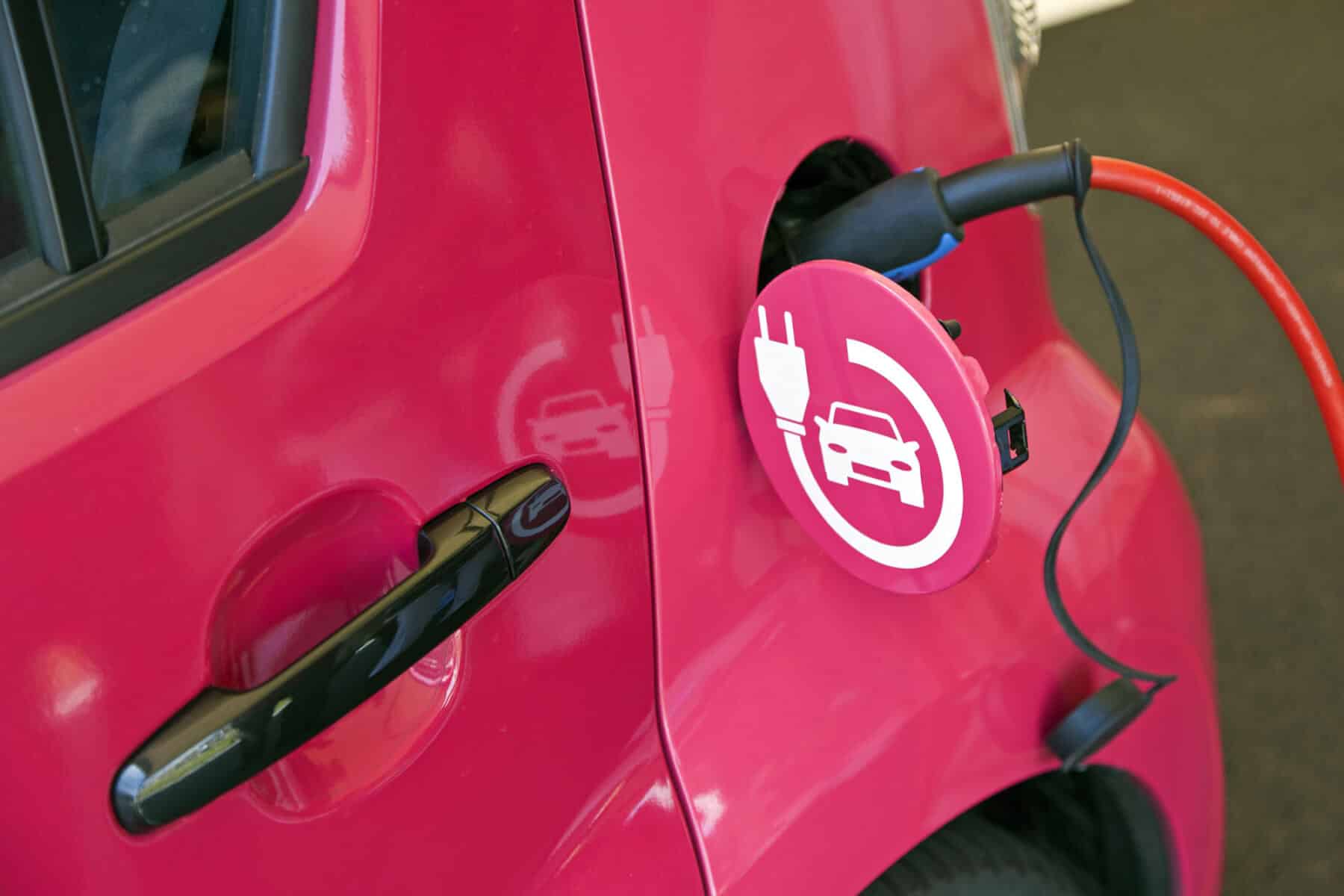
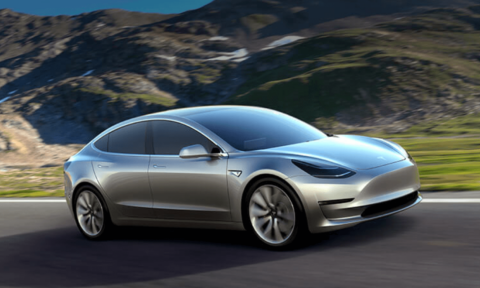
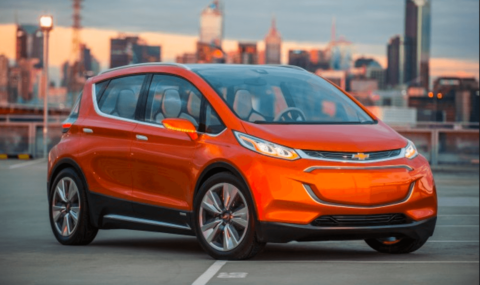
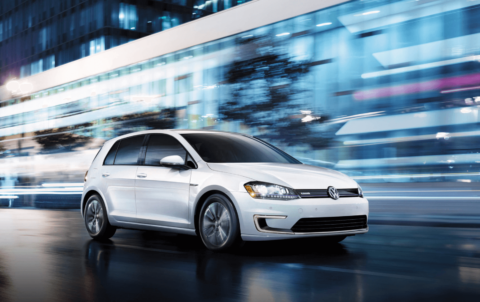
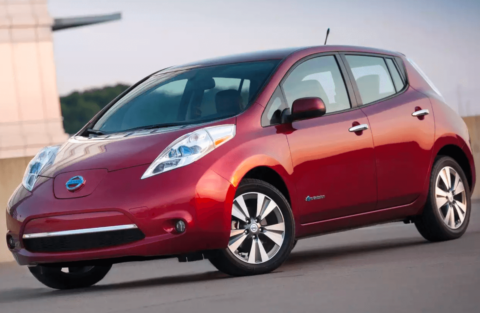



















0 Comments